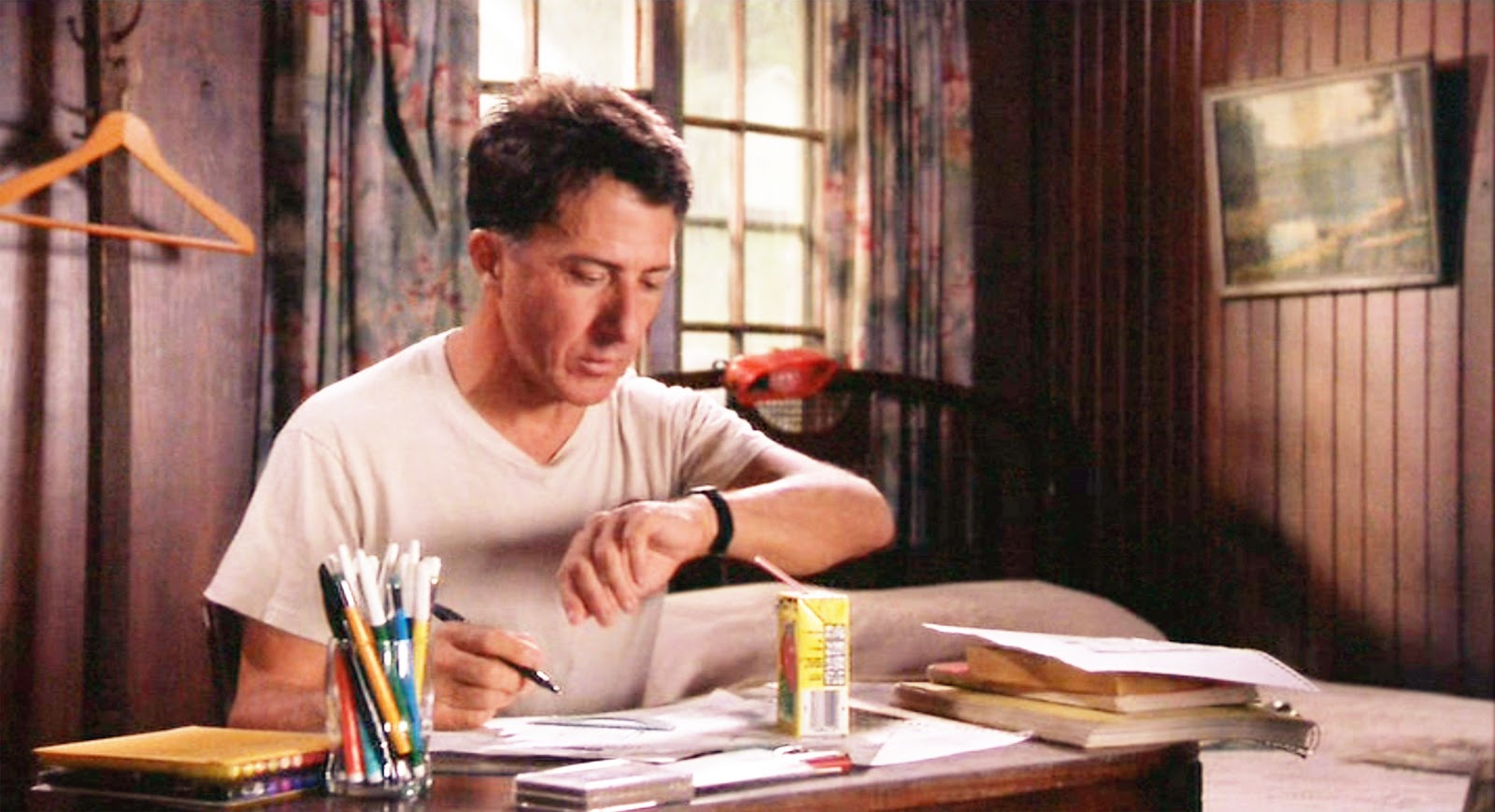Let’s Go Mainstream
April 9, 2024
Hello, hello, and welcome back! I can’t believe we’re already halfway through this incredible journey of a project. I know my last few posts have been a little heavy on the scientific and technical, so today, I’ll be shifting towards a different, fascinating aspect of my project: the portrayal of autism and autistic individuals in mainstream/popular media.
As I mentioned earlier in week 1, the perception of autism in contemporary society is directly linked to the depiction of autistic individuals in the media, which has a significant influence on societal beliefs and people’s attitudes towards others.
Although now featured more prominently in mainstream media, autistic individuals are often negatively represented, leading to public misconceptions about the disorder and fostering negative stereotypes that contribute to the stigmatization of autism as a whole. Accordingly, in an Australian study with 1297 autistic people and parents/carers of autistic people, autistic adults reported feeling socially isolated and even reluctant to leave their houses due to concern about how they will be treated, while parents/carers reported negative reactions when in the community with their family.
In a 2023 paper on the portrayal of autism in mainstream media, Mittman et al. found that the stigmatization of autism is most prominent in movies and television, often with a negative tone and stereotypical portrayal of autistic individuals (e.g. emotionally distant, socially awkward).

Savantism (a rare condition where an autistic individual is exceptionally apt in one domain, such as art or mathematics, despite significant social or intellectual impairment) continues to be overrepresented in the media as well, leading to the belief that most people with autism have extraordinary skills. However, this is not accurate, as less than 10% of people with autism actually display savant skills.
For instance, in the movie Rain Man, the main character, Raymond Babbitt, is an autistic savant who can perform complex mathematical calculations in seconds.

This further reinforces the stereotype that all autistic individuals possess extraordinary abilities and creates unrealistic expectations and perceptions of autism.
However, in more recent years, there has been an increase in positive representation of autism in the media. The TV show Atypical positively portrays Sam Gardner, an autistic teenager, as a multi-dimensional character with a wide range of interests and abilities.

Studies have found that internal monologues, as used in Atypical, are also useful in providing greater insight into the point-of-view of autistic characters, and that having a main character with autism leads to a more positive perception of the disorder.
Portrayals of autism and autistic individuals in the media are continuing to increase and largely remain problematic, which calls attention to the necessity of more autistic individuals included in the content creation process, to ensure that the representation of autism is both authentic and respectful.
This approach can not only lead to more accurate and positive depictions of autism, but also help educate the public, raise awareness, and break down the stigma surrounding autism and autistic people.
“Sometimes it is the people no one can imagine anything of who do the things no one can imagine.” – Alan Turing

Leave a Reply
You must be logged in to post a comment.